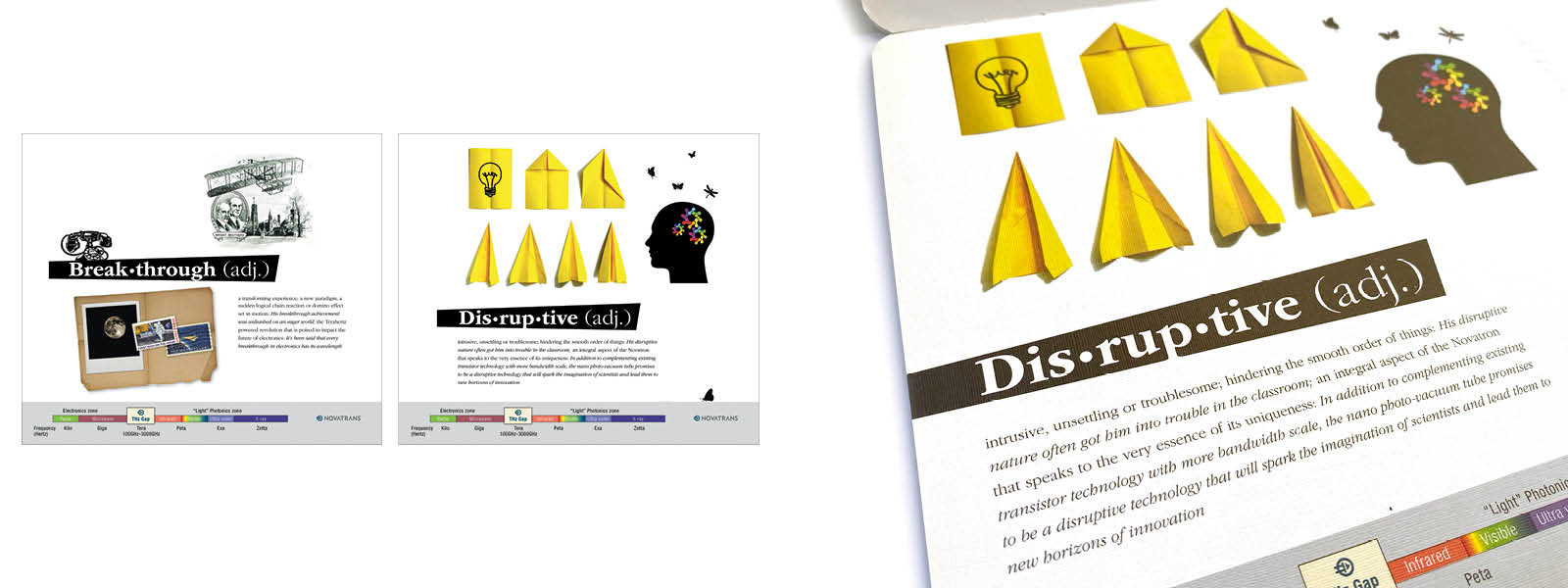Learning Skill
“Try to learn something about everything and everything about something.”
Thomas Henry Huxley, an English biologist and anthropologist
When we were children, we watched our parents, friends, teachers and the world around us, and we learned. It was learning from observation. Later, we learned to listen to what others are saying about the world. Psychologists call this “learning from testimony.” In course of social interactions, we learned about relationships and about ourselves. All of these were natural to us and we were not even aware we were busy learning. Later, as we grew up, the word “learning” became synonymous with “education” and was associated with schools, the education system, university, and other types of institutions.
Learning is defined as “the process of acquiring, expanding, or improving knowledge, understanding, ability, or skill. In this way, learning can be described as change and growth in any field. Learning is based on experience and leads to a relatively permanent change in the behavior of the individual.” (Wikipedia)
One of the things we have never stopped doing all these years is learning. There were several reasons for this. The first reason is that we are curious, and when we encountered a problem we wanted to investigate and get to the root of it or reach a solution. Being self-employed, for several decades already, learning was what we had to do to survive and make a living. We have learned, many times the hard way, about running a business, pricing, negotiation, marketing, finance, computers and software. As visual communication designers, we had to learn the psychological aspects of the field: Why do people behave in one way as opposed to another? What emotions trigger what actions? Why do people prefer to choose one color over another?
We learned a lot as visual communication designers. In order to translate the message and intention in each field, we needed to gain a deep understanding, to investigate, and to know how to ask our clients the right questions. And our clients come from a variety of completely different areas, such as: fashion, finance, medicine, education, and technology. We researched and studied each and every sector. This is probably why we think design is never boring. Every customer is literally a world themselves.
It was hard to choose sample projects that represent “learning,” because, as we said, we learn from everyone and all the time. Therefore, we chose examples of projects exemplifying learning from different worlds of content.
Novatrans develops a disruptive technology that has introduced its customers to a world of unfamiliar concepts. We decided to take advantage of the mousepad “real estate” to teach this new terminology to the company’s customers by designing a new illustrated lexicon.
Visual Factories is revolutionizing traditional industries. We d lots of infographics in e-books dedicated to any subject related to the company, conveying its benefits and value in the ecosystem of which it is a significant part.
Rinat Burg, Marketing Consultant. Teaching marketing is not easy, especially when you believe that matter and spirit play a combined role in the field. To explain this philosophy, we translated her methodology into a five-part scheme and turned each of them into a chapter. Using visual language designed specifically to convey her key messages, we distinguished between use cases, theoretical descriptions, and exercises. At the end of the project, we felt we’d made an entire university’s worth of marketing knowledge accessible in a single book with the help of built-in design logic.
Novatrans


Visual Factories Infographics


Rinat Burg







